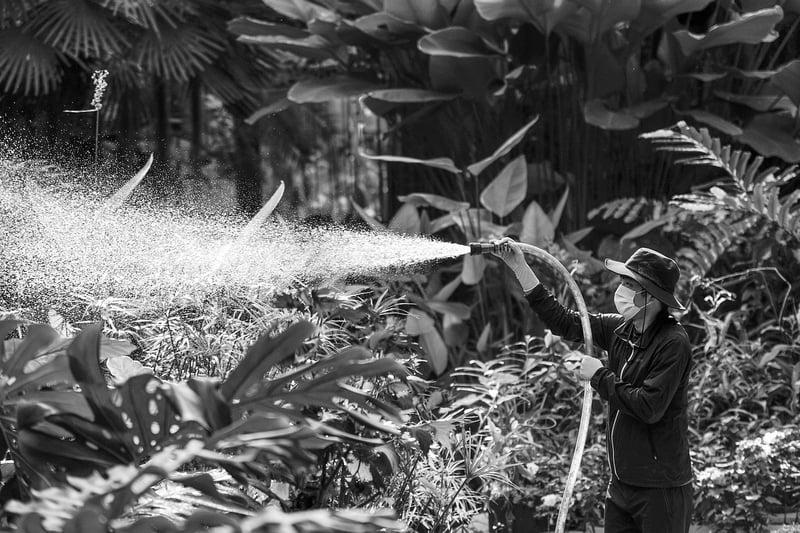Propagation Methods
#Gardening Tips
#Plant Care
#Indoor Plants
Plant Care and Propagation Methods
Caring for Your Plants
Plants are a wonderful addition to any home, but they require proper care to thrive. Here are some essential tips for keeping your plants healthy:
- Watering: Ensure your plants receive the right amount of water. Overwatering can lead to root rot, while underwatering can cause wilting.
- Light: Different plants have varying light requirements. Place your plants in an area with adequate sunlight based on their specific needs.
- Temperature: Maintain a consistent temperature for your plants. Avoid placing them near drafts or heaters.
- Humidity: Some plants thrive in high humidity, so consider using a humidifier or pebble tray to increase moisture levels.
- Fertilizing: Feed your plants with a balanced fertilizer during the growing season to promote healthy growth.
- Pruning: Regularly trim dead or yellowing leaves to encourage new growth and maintain plant health.
Propagation Methods
Propagation is the process of creating new plants from existing ones. Here are some common methods of plant propagation:
- Seed Propagation: Planting seeds is a cost-effective way to grow new plants. Follow the instructions on the seed packet for best results.
- Cuttings: Take a cutting from a healthy plant and place it in water or soil to develop roots. This method works well for many houseplants.
- Division: Divide mature plants into smaller sections, each with roots attached. Replant these sections to create new individual plants.
- Layering: Encourage a plant stem to develop roots while still attached to the parent plant. Once roots form, you can separate the new plant.
- Grafting: Joining a cutting from one plant onto the rootstock of another can create a plant with desirable traits from both parents.
By understanding proper plant care and propagation methods, you can enjoy a thriving indoor garden filled with beautiful and healthy plants.

Remember to research specific care instructions for each plant species to ensure they receive the best possible care.
Happy gardening!
